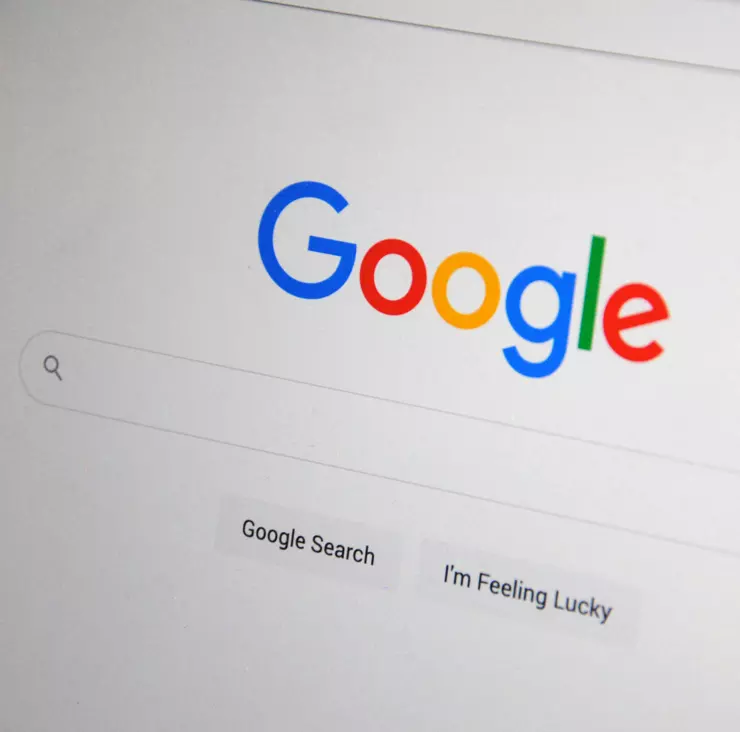Why Your PPC Campaign Isn’t Scaling (And It’s Not Just Your Budget)
If you’ve ever tried to scale a paid campaign by simply upping your budget, you’ll know the sting of disappointment. The logic seems sound: more budget should mean more clicks, more conversions, more growth. But often, nothing changes. Or worse, performance tanks.
That’s because scaling PPC isn’t linear. It’s not about pouring more fuel into the same engine. It’s about optimising the engine itself, how you target, segment, structure, test and iterate. Without that foundation, spend becomes waste. If your campaigns aren’t scaling the way they should, chances are it’s not the budget. It’s everything around it.

Scaling Amplifies Your Weaknesses
PPC works brilliantly when it’s small, focused, and tightly controlled. But once you add budget, you add pressure and weak targeting, bad structure, or vague messaging, suddenly start to cost a lot more.
This is what usually breaks first:
- Keyword intent goes unsegmented, and you start paying for clicks that don’t convert.
- Landing pages aren’t matched to new campaigns, so even quality traffic bounces.
- Ad groups become catch-alls, and relevance plummets.
- Bid strategies get lazy, and Google starts optimising for the wrong outcome.
Scaling reveals the cracks. The trick is fixing them before you pour in more budget.
Problem 1: Your Campaign Structure Can’t Handle Growth
In small-scale campaigns, it’s tempting to bucket everything into a few ad groups. But that structure breaks down fast when you scale.
Let’s say you’re running a paid campaign for a CRM platform. One ad group might include:
- “crm software for small businesses”
- “best crm for freelancers”
- “b2b marketing automation tools”
That works at low spend. But as you scale, each of those needs its own messaging, landing page, and bidding logic.
Without that, Quality Scores drop, CTR suffers, and your CPC inflates even though the search terms are relevant.
Solution:
Rebuild your structure around intent clusters, not just product features. Break out campaigns by funnel stage, sector, or audience. That granularity is what allows budget to scale without loss.
Problem 2: Your Keywords Don’t Match Commercial Intent
Another scaling killer? Volume without purchase intent.
If you’re targeting broad, top-of-funnel keywords to scale traffic, but don’t have the content, landing pages or nurture journeys to convert that traffic later, you’re just funding visibility, not growth.
Worse, if your match types are too open, Google will start finding “related” queries that look like conversions, but aren’t.
Solution:
Audit your top-spending keywords and categorise them:
- Transactional: ready to buy
- Investigative: comparing options
- Informational: learning phase
If too much budget is going to the latter two, segment them off or reduce bids, and reinvest in high-intent clusters.
Problem 3: Your Landing Pages Aren’t Scaling With You
You can’t drive traffic to the same two pages forever. As you expand keyword sets, test new angles or target new audiences, your landing pages must evolve.
If a user clicks an ad for “LinkedIn ads for SaaS startups” and lands on a generic “paid media services” page, they’ll leave. Not because your offer is weak, but because your message didn’t match their moment.
Solution:
Build modular landing pages tied to each campaign theme. Not dozens of pages from scratch, just flexible templates with adjustable headlines, sector-specific proof, and targeted CTAs.
Scaling means message matching, not just traffic pushing.
Problem 4: Smart Bidding Isn’t Always Smart
Google’s smart bidding options: Target CPA, Maximise Conversions, can work beautifully. But they also optimise for short-term signals, not strategic growth.
If you feed Google inconsistent or low-quality conversion data (like button clicks or weak form submissions), it will optimise for more of those even if they don’t turn into revenue.
And when you scale budget under the wrong signals, you don’t get more leads, just more noise.
Solution:
Define hard conversions. Feed actual revenue or lead quality data back into your platform (using enhanced conversions, offline conversion tracking, or HubSpot/CRM integrations). That way, scaling doesn’t just chase vanity, it compounds value.
Problem 5: You’re Not Testing Messaging at Scale
It’s one thing to find a winning ad; it’s another to know why it worked. If you’re scaling without structured testing, you’ll end up spending more on creative that doesn’t convert, and won’t know how to fix it.
Solution: Use structured A/B frameworks:
- Change one variable per ad set (e.g. headline vs body copy vs CTA)
- Run tests long enough to get statistical confidence
- Track CTR and conversion rate, not just engagement
Scaling means doubling down on the best message. You can’t do that blind.
Final Word
Scaling PPC campaigns isn’t about turning up the budget knob, it’s about engineering the system to take on more pressure without cracking.
If your campaigns aren’t scaling, don’t blame your budget. Audit your structure. Tighten your targeting. Match your message to your market. And build systems that adapt as you grow.
Because in PPC, what gets you from £500 to £5,000 won’t get you from £5,000 to £50,000 unless you rebuild the machine.



